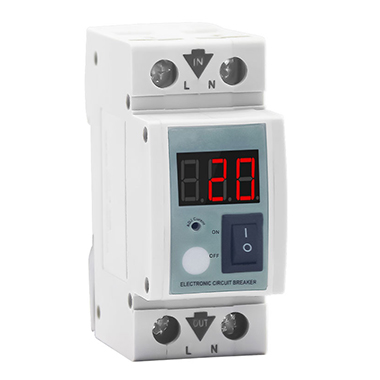
Electronic Circuit Breaker revolutionizes power management by combining advanced digital technology with precision safety mechanisms. Unlike traditional breakers, this intelligent system delivers ultra-fast fault detection, adjustable trip settings, and seamless integration with smart grids. Ideal for modern homes, industries, and renewable energy systems, it ensures enhanced protection, energy efficiency, and real-time monitoring—ushering in a new era of reliable and adaptive circuit control.
| Overload/short circuit protection |
| Adjustable current protection value |
| Power-on delay, automatic reset |
| LED display high precision |

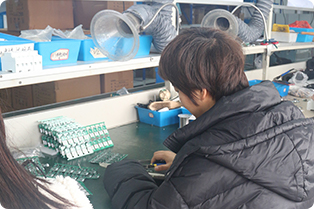
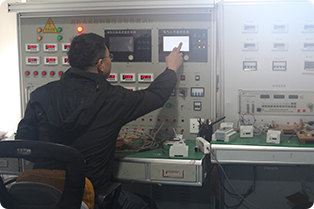
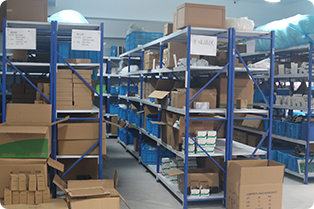
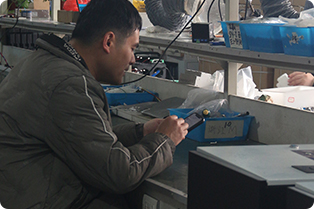
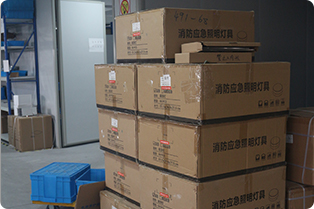
It's a circuit breaker with built-in WiFi for remote control and real-time energy monitoring via smartphone apps or voice assistants.
Unlike traditional breakers, smart versions enable automation, usage tracking, and remote reset while maintaining standard protection features.
They use current sensors and wireless connectivity to monitor electricity flow, allowing remote operation and overload protection.
Yes, by identifying energy-hungry devices and optimizing usage patterns, they help lower power consumption over time.
Yes, due to high-voltage wiring, installation should always be performed by a licensed electrician for safety.
While wiring requires electrical expertise, the app configuration is designed for user-friendly DIY setup.
Reputable models use strong encryption and security protocols, making them safe when properly installed and maintained.
Always verify UL 489, IEC 60898, or CE certification to ensure compliance with international safety standards.
Yes, it operates as a normal circuit breaker manually, but smart features become unavailable offline.
Basic protection continues working, while remote access and automations pause until connectivity returns.
Breakers protect entire circuits with overload protection, while switches only control individual devices.
Use smart breakers for whole-circuit management and switches for individual appliance/lights control.
Turn it off, wait 10 seconds, then flip back on - same process as resetting traditional breakers.
Use the physical reset button (if present) or the manufacturer's app to return to default configurations.

I am Online now
Does YUEXE offer OEM/ODM services?
🟢 Online | Privacy policy